The Colosseum stands as one of ancient Rome’s most iconic architectural marvels, renowned not only for gladiatorial combat but also as a multifaceted venue hosting a wide array of spectacles. While the brutal clashes between gladiators often capture popular imagination, the scope of Colosseum spectacles went far beyond these contests. Events included exotic animal hunts, elaborate mock naval battles, public executions, and mythological reenactments.
These diverse forms of Roman public entertainment played a crucial role in the social and cultural fabric of ancient Rome. Public entertainment was more than mere amusement; it served to demonstrate imperial power, reinforce social hierarchies, and foster a sense of community among citizens. The Colosseum drew tens of thousands of spectators who witnessed carefully orchestrated displays designed to impress and engage.
Understanding ancient Rome events beyond gladiatorial combat reveals the complexity and significance of public spectacles. These events were opportunities for emperors to showcase wealth and military prowess while offering citizens free entertainment that united them across class divisions. The following sections explore the variety of spectacles presented at the Colosseum and their lasting impact on Roman society.
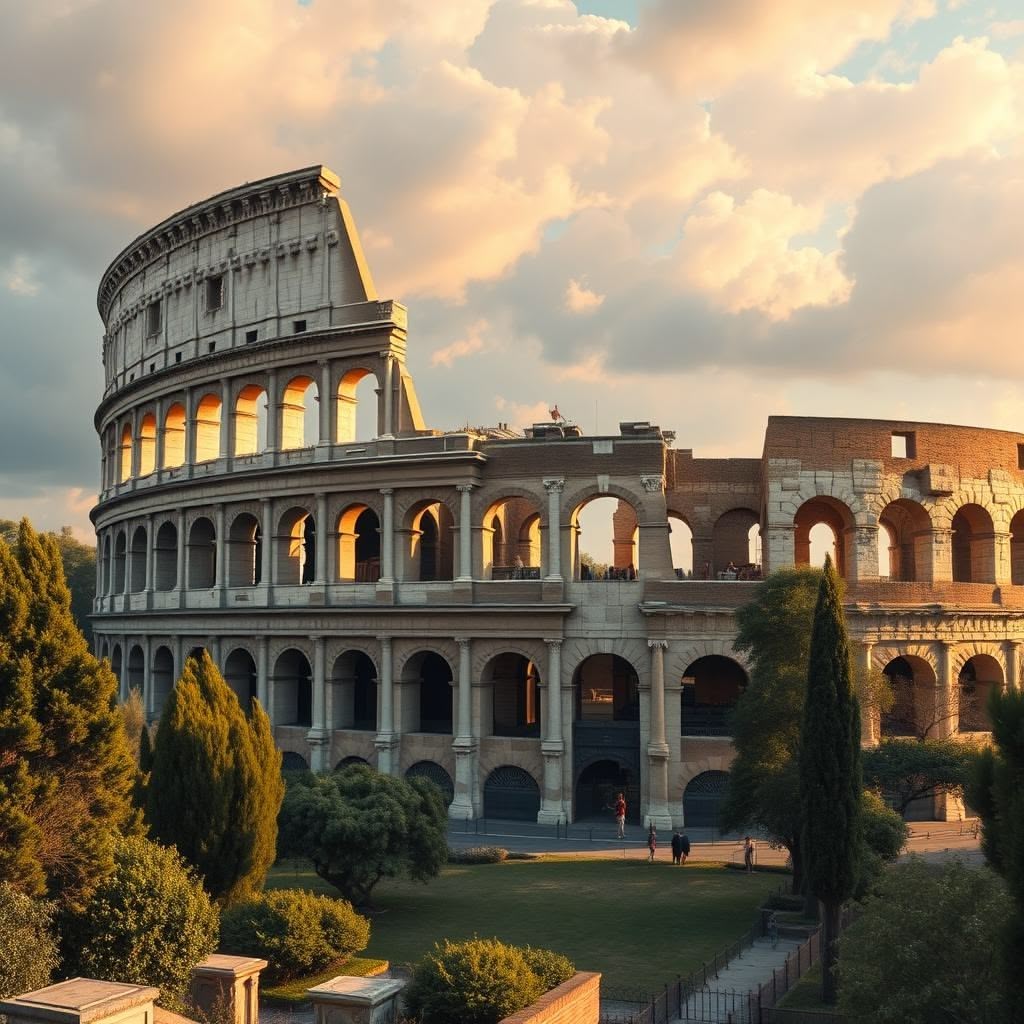
In addition to his academic pursuits, JP enjoys immersing himself in role-playing games, particularly in Second Life. He often explores the world of Romanum, where he brings historical characters to life. This interest in role-playing games aligns with his passion for history, especially the transition from monarchy to a republican system in ancient Rome. This pivotal moment, marked by the overthrow of Tarquin the Proud around 509 BCE, is crucial for understanding the complexities of Roman governance and its lasting impact on modern political structures. Furthermore, his fascination extends beyond politics to the art and culture of ancient Rome, which showcases the creativity and ingenuity of a civilization that thrived for over a millennium.
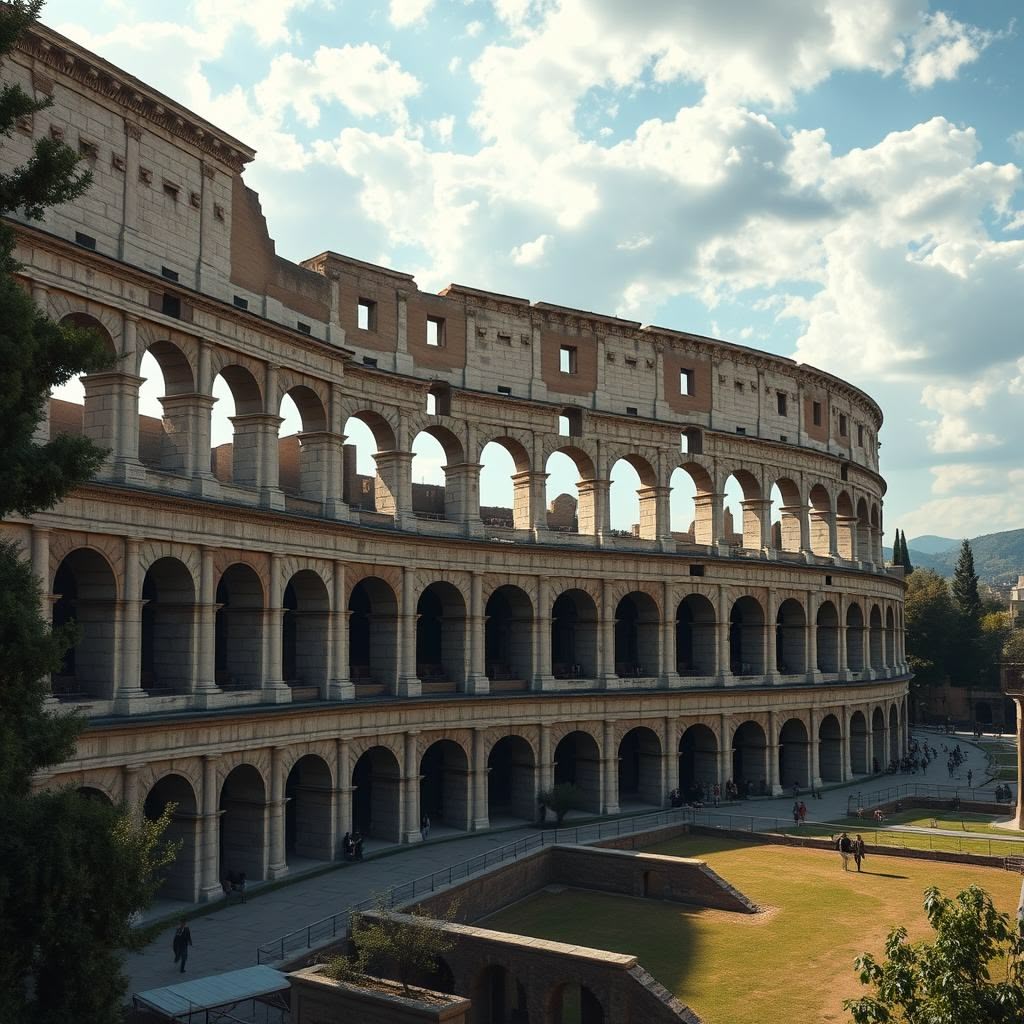
1. Animal Hunts (Venationes) in the Colosseum
Animal hunts, known as venationes, were a spectacular highlight of Roman public entertainment. Exotic animals Rome sourced from across the empire formed the core of these displays. These animals were often acquired through extensive efforts, as detailed in this article about the acquisition of exotic beasts for imperial venationes. Spectators witnessed fierce encounters involving:
- Lions
- Tigers
- Elephants
- Bears
- Rhinoceroses
These creatures were either pitted against each other or hunted by skilled venatores, professional hunters trained in combat with wild beasts. The venatores demonstrated agility, precision, and courage, often using spears, nets, and other weapons specifically designed for these dangerous contests.
The Colosseum’s arena transformed into elaborate naturalistic settings during venationes. Organizers recreated forest-like environments with dense foliage, rocks, and artificial terrain to simulate authentic hunting scenes. Choreographed chases added drama—animals were driven through traps and ambush points while hunters moved strategically to engage or evade them.
Some emperors took personal part in these hunts to emphasize their prowess and connection to Rome’s martial traditions. Emperor Commodus was famously known for participating in venationes, reportedly killing dozens of animals himself. His involvement blurred lines between ruler and entertainer, underscoring the political symbolism embedded in these events.
The variety of exotic animals and theatrical staging made venationes a vivid demonstration of Rome’s far-reaching power and control over nature as well as human skill.
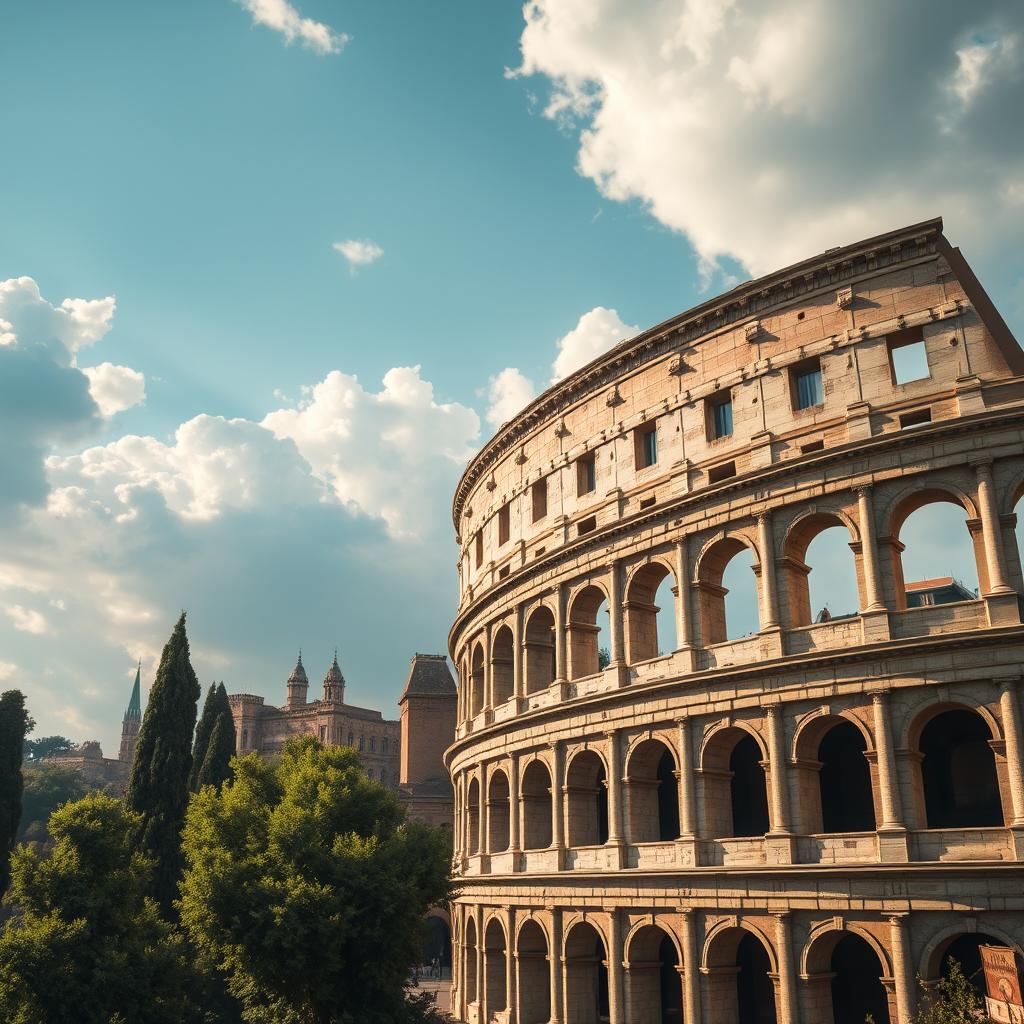
2. Mock Naval Battles (Naumachiae) in the Colosseum
Naumachiae were elaborate mock naval battles staged as part of Roman spectacles, showcasing military skill and imperial grandeur. These events sometimes took place inside the Colosseum itself, where the arena was ingeniously flooded to create a temporary basin. In other instances, specially constructed basins outside Rome hosted these aquatic combats.
Key features of naumachiae included:
- Scaled-down warships: Realistic but smaller vessels were used to simulate naval combat. These ships allowed for maneuvering and engagement on water, mimicking actual sea battles.
- Combatants: Often prisoners or condemned criminals served as rowers and fighters. Their participation involved deadly combat, turning the spectacle into a brutal fight for survival.
- Staging techniques: The arena’s flooding required advanced engineering to manage water levels quickly and effectively, making the spectacle an impressive technical feat.
Naumachiae symbolized the emperor’s control over nature and military might. By recreating famous naval encounters or inventing new confrontations, these mock battles reinforced Rome’s dominance on both land and sea. They were not merely entertainment but powerful demonstrations of imperial authority designed to awe spectators with displays of violence and pageantry.
The spectacle of mock battles contributed significantly to public perception of the emperor as a strong military leader capable of controlling chaos and delivering order through spectacle. This perception was heavily influenced by the Roman Army, a symbol of military power that played a crucial role in the growth and upkeep of the Roman Empire.
Additionally, these events were often organized by the [patricians], the wealthy and powerful elite of ancient Rome, who used their resources to stage such grand spectacles that showcased not only their wealth but also their influence in shaping public perception and maintaining control over society. It’s noteworthy that while the Colosseum is primarily known for its gladiatorial contests, it also served as a venue for various performances including plays and dramas, adding another layer to its multifaceted role in ancient Roman entertainment.
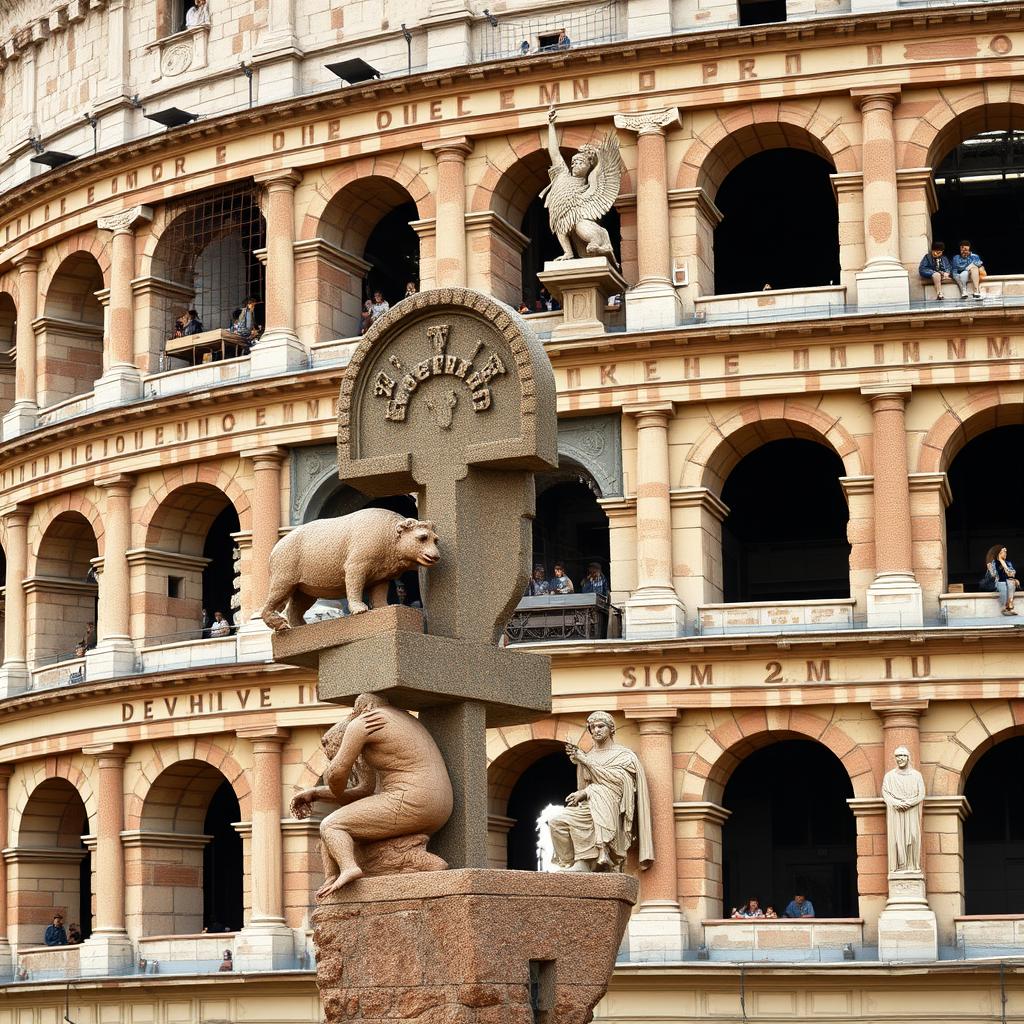
3. Dramatic Executions and Mythological Reenactments in Roman Spectacles
Public executions were a grim yet integral part of Roman spectacles, designed to shock and captivate the audience while reinforcing social order. Methods such as crucifixion and suffocation were employed, often carried out with theatrical flair to heighten the dramatic effect. These executions were not mere punishments but carefully staged events that blended brutality with storytelling.
The Role of Mythology
Mythological reenactments played a key role in these spectacles. Executions were sometimes framed within the context of well-known Roman myths, turning criminals into characters in tragic narratives. For example, condemned individuals might be cast as figures from Greek or Roman mythology, facing death in ways that symbolized divine justice or heroic sacrifice. This approach lent a performative dimension, transforming punishment into public theater.
Power Dynamics and Social Order
Targeted groups included early Christians, who were frequently singled out for execution during these events, as well as slaves, foreigners, and non-citizens. The choice of victims underscored the power dynamics within Roman society and sent a clear message about loyalty and conformity to imperial rule.
- Executions served both as deterrents and entertainment.
- Mythological themes added cultural resonance to otherwise brutal acts.
- The public nature of these executions reinforced social hierarchies and imperial authority.
Roman executions combined spectacle with symbolism, making them an unforgettable—and terrifying—component of Colosseum entertainment.
The integration of mythological themes, which added cultural resonance to otherwise brutal acts, can also be seen as a reflection of the broader ancient Roman religion that influenced various aspects of their lives including politics and social structures. Moreover, the choice of victims often highlighted the legal status of certain groups in society such as women who had their citizenship intrinsically linked to their relationships with men.
Furthermore, these events were not isolated incidents but part of a larger system upheld by Roman law, which has significantly influenced modern legal systems today. The execution sites like the Colosseum were strategically located along Roman roads, which served as crucial infrastructure in maintaining and expanding the empire.
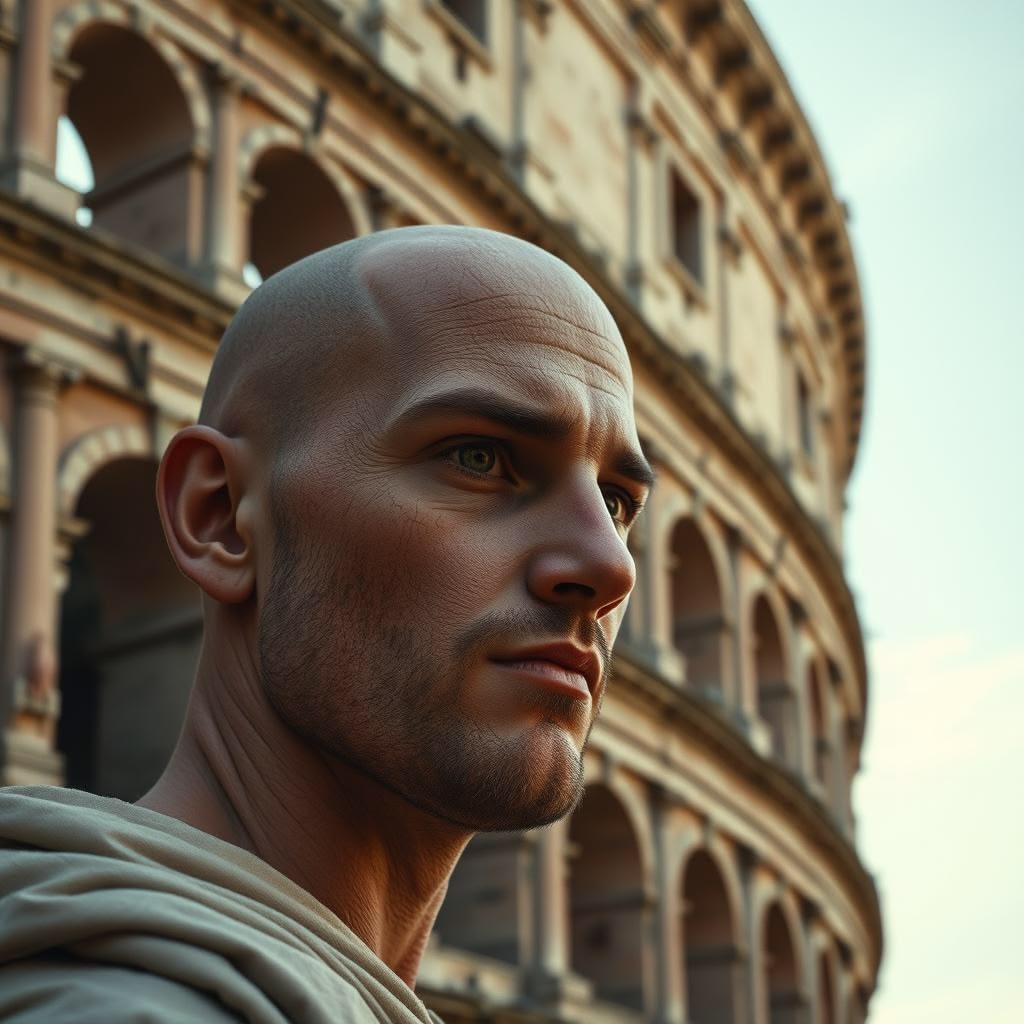
4. Social, Political, and Economic Functions of the Spectacles in Ancient Rome
The spectacles at the Colosseum were not just for entertainment; they had important roles in maintaining the [Roman social hierarchy](https://www.menofpompeii.com/daily-life-in-ancient-rome-the-social-class-divide), promoting political agendas, and driving economic activities.
Reinforcing Social Hierarchy
Seating arrangements for these events were carefully planned. The elite members of society had the best seats close to the arena, while lower classes were seated farther away or even standing. This physical arrangement reflected and reinforced existing social divisions, serving as a visible reminder to spectators of their position within Roman society.
Political Propaganda
Spectacles also served as powerful tools of [political propaganda in Rome](https://www.menofpompeii.com/the-rise-and-fall-of-the-roman-empire). Emperors and politicians used extravagant shows to showcase their wealth and authority. The grand displays demonstrated control over both nature and human lives, with exotic animals and prisoners forced into deadly combat symbolizing the emperor’s power. By hosting free public entertainment, rulers sought to win over the masses, secure loyalty, and divert attention from political unrest or economic difficulties.
Economic Opportunities
The [economic aspects of Colosseum spectacles extended beyond ticket-free access](https://www.menofpompeii.com/from-fields-to-fortune-the-role-of-agriculture-in-roman-economic-growth). Food vendors took advantage of the large crowds by selling fresh meat from animals killed during hunts, turning violence into a source of sustenance and commerce. Additionally, marketplaces sprang up around the arena as vendors capitalized on the influx of spectators. These commercial activities added a practical dimension to what might otherwise appear purely recreational.
The combination of reinforcing social order, conveying political messages, and creating economic opportunities made Colosseum spectacles an integral part of Roman public life. They not only shaped how people were entertained but also influenced their understanding of their place within the empire’s intricate societal structure.
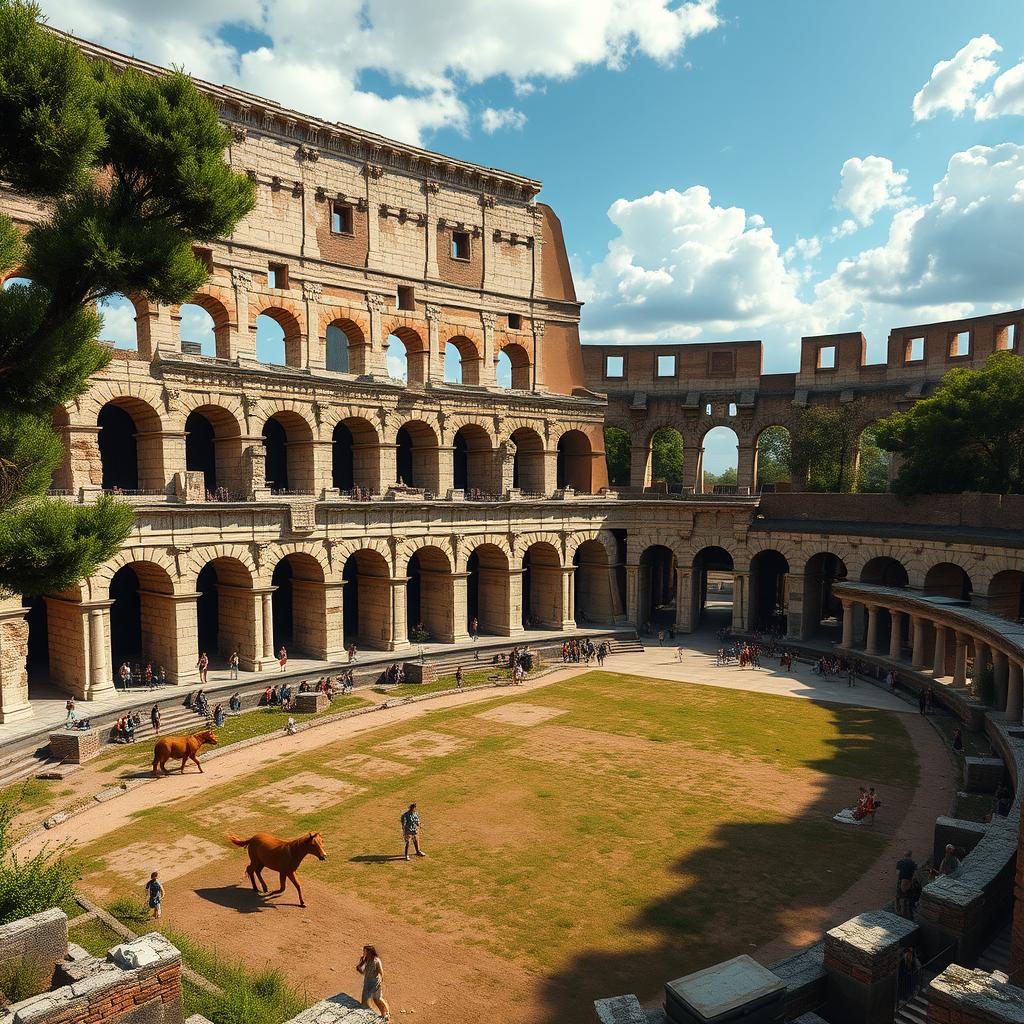
The Decline and Legacy of Roman Public Entertainment Beyond Gladiators
The decline of Roman spectacles reflected wider transformations in late antique society. Christian influence in Rome played a pivotal role by challenging the moral acceptability of brutal entertainments. As Christianity gained prominence, public attitudes shifted against violence and cruelty, especially the theatrical executions and animal hunts that once thrilled audiences.
Economic strains further complicated the continuation of lavish shows. Organizing complex spectacles like mock naval battles or large-scale venationes demanded significant resources. Increasing financial difficulties within the empire made sustaining these costly events impractical. Funding shortages led to fewer grand spectacles, signaling a gradual erosion of traditional public entertainment forms.
Despite their decline, these varied displays had a lasting impact on perceptions of Roman culture and imperial power:
- Spectacles symbolized the reach and might of Rome through exotic animals, military reenactments, and dramatic storytelling.
- Public entertainment reinforced social hierarchies and political authority.
- The grandeur captured imaginations beyond Rome’s borders, shaping how later generations viewed Roman civilization.
The legacy of Spectacles Beyond the Colosseum: Animal Hunts, Mock Battles, and Public Entertainment endures as a testament to Rome’s complex relationship with power, spectacle, and society—elements that defined much of its cultural identity in antiquity. This cultural identity was not only shaped by entertainment but also by significant legal frameworks such as The Twelve Tables, which were instrumental in codifying Roman law.
Moreover, the structure of governance during the Roman Republic laid foundational principles for modern democracies. This period marked a significant transition from monarchy to a more complex political structure as detailed in our exploration of the governance of the Roman Republic.
The influence of ancient Rome extends far beyond its historical timeline; its legacy continues to shape Western civilization. This impact is evident in various aspects of modern society, demonstrating the enduring relevance of Roman culture and governance.
As we reflect on this legacy, it’s essential to recognize the role of key figures such as Scipio Africanus whose military strategies significantly influenced Rome’s dominance during pivotal historical moments like the Second Punic War. His story is just one example of how individual actions can alter the course of history, a theme we explore further in our analysis of Scipio Africanus’s impact on history.
Finally, understanding the lives and experiences of different social classes within ancient Rome enriches our perspective on its societal dynamics. The experiences of plebeians, who represented the majority and significantly influenced political and economic structures, are particularly noteworthy in this regard.

